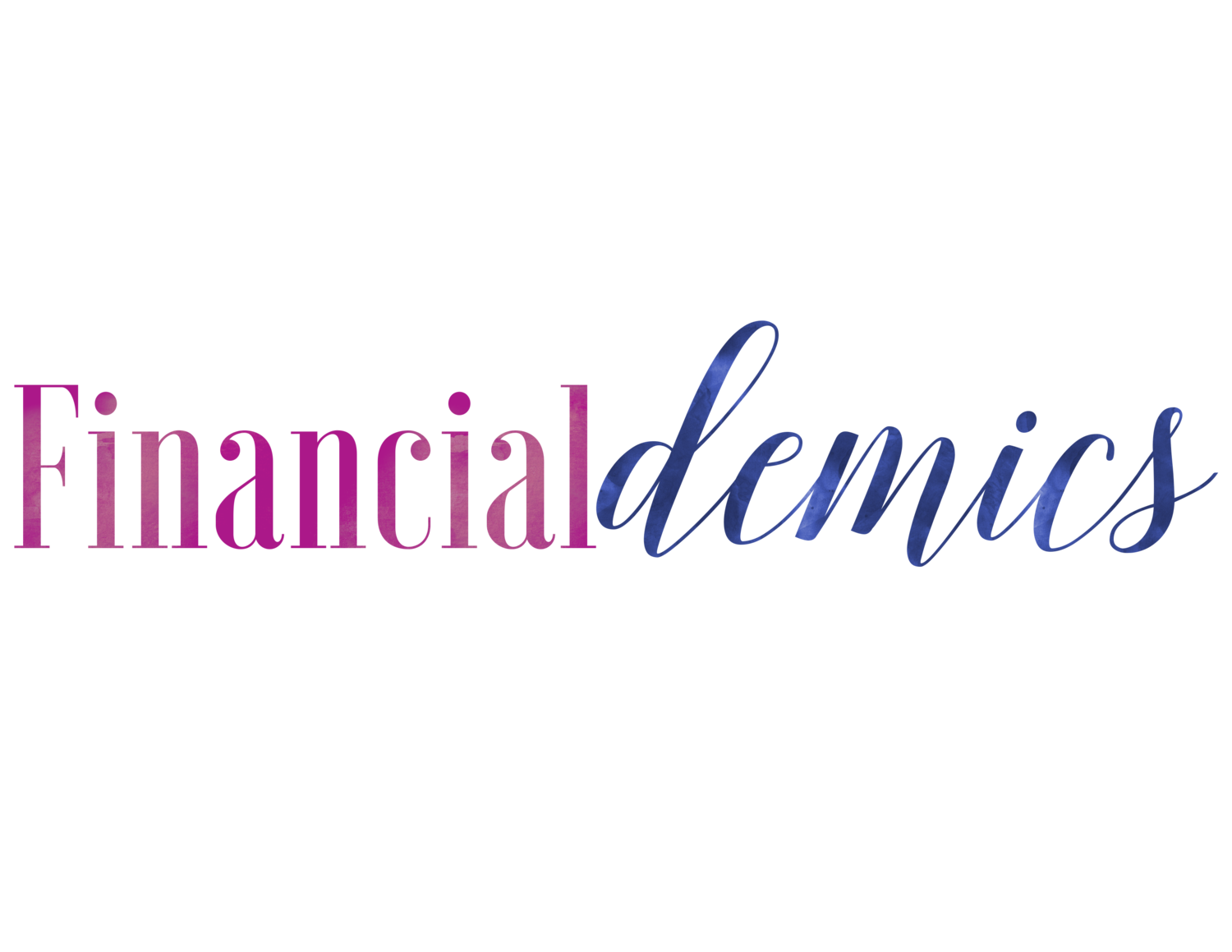If you are self-employed, are thinking about becoming self-employed or have side hustles this post is for you.
Retirement plans are not just available to employees, there are plans available to you if you decide to step out on your own and start your own business.
There are four retirement plans available to self-employed individuals and since I talked about
IRAs in the last post we are going to start with the SIMPLE and SEP IRA since they are for the self-employed and small businesses.
Savings Incentive Match Plan for Employees (SIMPLE IRA)
A Savings Incentive Match Plan for Employees is called a SIMPLE IRA for short and it is for small businesses and self-employed individuals who do not offer 401k, 403b, or the 457 plans. Contributions to the plan are tax-deductible and you, as the employer, must match up to 3% of the contributions or make a nonelective (not based on salary reduction) contribution to your SIMPLE IRA or your employee’s SIMPLE IRA. A nonelective contribution is a contribution not based on time of employment or age.
The maximum amount you can contribute is $12,500 per year and if you are age 50 or over you can make an additional catch-up contribution of $3,000 per year, for a total contribution of $15,500.
If you are also contributing to an employer-sponsored retirement plan, your contributions are limited to $18,000 across all plans.
Contributions to the plan are tax-deductible and distributions are taxed at ordinary income (your tax rate).
If you make an early withdrawal from your SIMPLE IRA before you turn age 59.5, you may have to pay an early withdrawal penalty of 10%. If it is within the first 2 years of opening your SIMPLE IRA, the penalty may be as high as 25%.
The exceptions to the penalty are:
Being over age 59.5
First time home purchase (up to $10,000)
You die or become permanently disabled
Pay for medical expenses or health care coverage while unemployed.
Simplified Employee Pension Plan (SEP IRA)
The SEP IRA is available to the self-employed and small businesses and they have the same investment, distribution and rollover requirements as Traditional IRAs, but they have larger contribution limits. The SEP IRA is the one account where the employer must contribute for the employees. The employees cannot contribute on their own.
The maximum contribution is 25% of net earnings or $54,000 for 2017. Any distributions from the plan are taxed at ordinary income (your tax rate).
If you take a withdrawal from a SEP IRA before age 59.5 the withdrawal may be subject to a 10% early withdrawal penalty. The exceptions to penalty are same as the SIMPLE IRA.
Solo 401 (K)
A Solo 401(k) also known as a Self-Employed or Individual 401(K) is similar to traditional 401(k) plans but it is for employers with no other employees but their spouses. It can be adopted by any business with self-employed income, such as a sole proprietorship, LLC, partnership, C-Corp, S-Corp, etc., it also includes side consulting income.
There is a Traditional Solo 401(k) that allows for pre-tax contributions that will grow tax-deferred and a Roth Solo 401(k) where you can contribute after-tax dollars that will grow tax-free.
It is known as the most tax-advantageous retirement plan because of the high contribution limits. You have the ability to contribute as an employer and an employee, the maximum employer contribution for each eligible employee is $54,000 for 2017. Pre-tax or Roth employee contributions are maxed out at $18,000 for 2017 or $24,000 if you are age 50 or over. The total combined contribution (employer & employee) can not be more than $54,000 in 2017 or $59,000 if age 50 or older.
Just like a traditional 401(k) plan, withdrawals from the from a Solo 401(k) are taxed at ordinary income. If you take a withdrawal before age 59.5 you may be subject to a 10% penalty.
Exceptions to the penalty are:
Over age 59.5
Separate from Service the year after turning 55
Military reservist called to active duty
Unreimbursed medical expenses (greater than 7.5% of adjusted gross income)
IRS levy
Receiving payments through a series of equal payments
Alternate payee for a Qualified Domestic Relations Order
Permanent disability
Death
Withdrawal of excess contributions
Keogh
A Keogh is a tax-deferred pension plan for self-employed individuals (sole proprietorship or a partnership). There are two types of Keogh plans, defined-benefit, and defined-contribution.
Defined-benefit Keogh plans are set up like traditional pension plans where they are based on salary, years of employment, age and other factors but you are the one actually funding it, not an employer. The maximum annual contribution to the plan is $210,000.
The are two types of defined-contribution Keogh plans, profit-sharing, and money purchase plans. The profit-sharing plan allows businesses to contribute up to $25% of compensation or $54,000 (whichever less) in 2017. The money purchase plan requires businesses to contribute a fixed percentage of its earnings each year and that percentage must be documented. If you don't contribute the percentage, you may have to pay a penalty to the IRS.
Keogh’s have similar withdrawal requirements as Individual Retirement Accounts. If withdrawals are made before age 59.5 you may be subject to a 10% penalty. The exceptions to the penalty are the same as the Individual Retirement Accounts.
Whether you are employed or self-employed there’s a retirement plan that should fit your needs. Even if you don't have the option to invest in a retirement plan with your employer, you can contribute to a retirement plan on your own so you don't have to work when you're 70 years old.
It's best to start early so you can take advantage of compound interest and you don't need a lot to of money to get started, just start, so you can live the life you want even in retirement.




